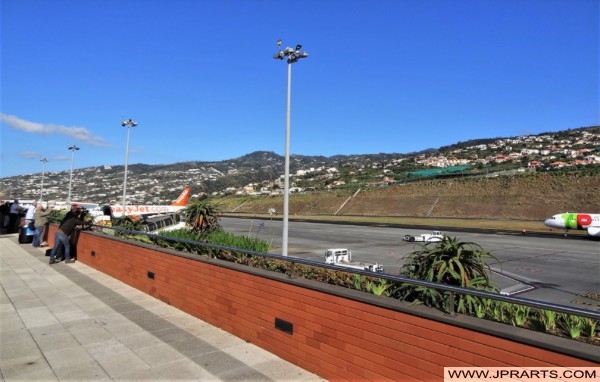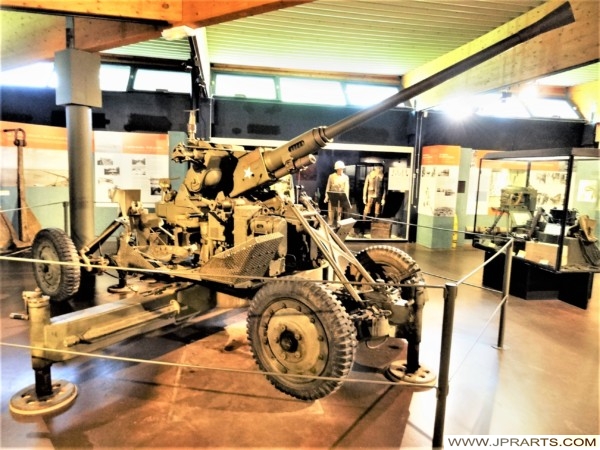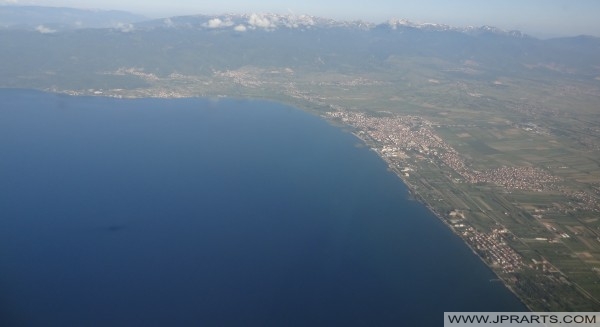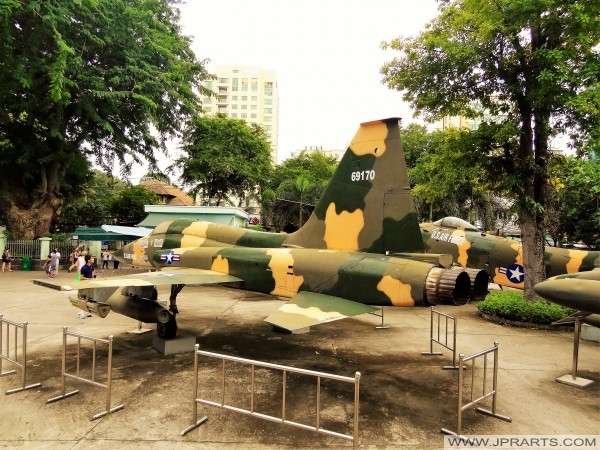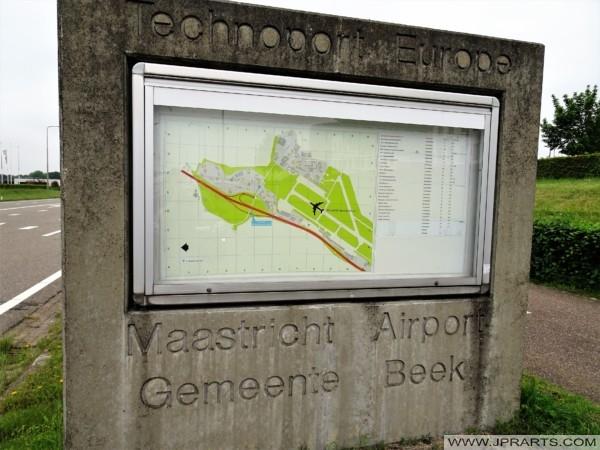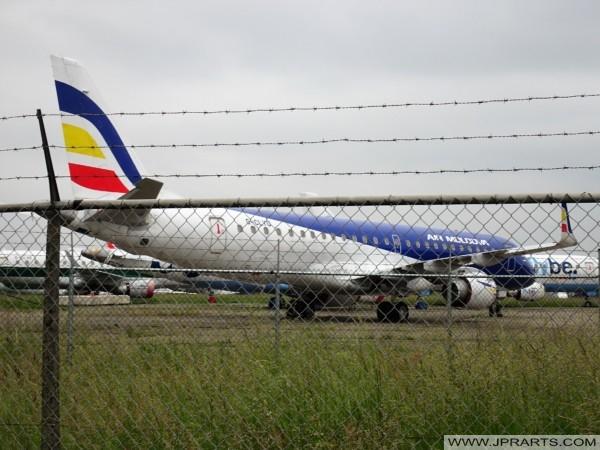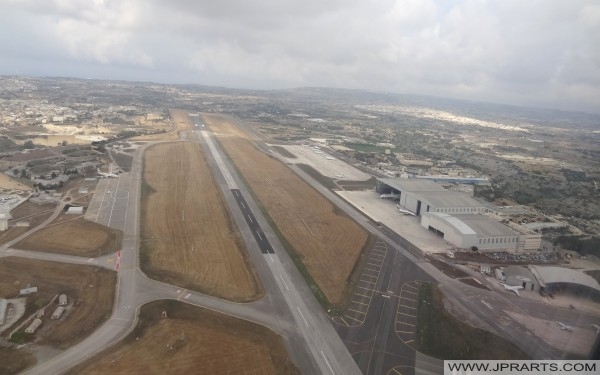Fighter aircraft are fixed-wing military aircraft designed primarily for air-to-air combat. In military conflict, the role of fighter aircraft is to establish air superiority of the battlespace. Domination of the airspace above a battlefield permits bombers and attack aircraft to engage in tactical and strategic bombing of enemy targets.
Fighter Aircraft
Aviones de Combate
Historically the British Royal Flying Corps and Royal Air Force referred to them as “scouts” until the early 1920s, while the U.S. Army called them “pursuit” aircraft until the late 1940s. The UK changed to calling them fighters in the 1920s, while the US Army did so in the 1940s. A short-range fighter designed to defend against incoming enemy aircraft is known as an interceptor.
Recognized classes of fighter include:
- Air superiority fighter
- Fighter-bomber
- Heavy fighter
- Interceptor
- Light fighter
- All-weather fighter (including the night fighter)
- Reconnaissance fighter
- Strategic fighter (including the escort fighter and strike fighter)
Jagdflugzeuge
战斗机
Since World War I, achieving and maintaining air superiority has been considered essential for victory in conventional warfare. Fighters continued to be developed throughout World War I, to deny enemy aircraft and dirigibles the ability to gather information by reconnaissance over the battlefield. Early fighters were very small and lightly armed by later standards, and most were biplanes built with a wooden frame covered with fabric, and a maximum airspeed of about 100 mph (160 km/h). As control of the airspace over armies became increasingly important, all of the major powers developed fighters to support their military operations. Between the wars, wood was largely replaced in part or whole by metal tubing, and finally aluminum stressed skin structures (monocoque) began to predominate.
By World War II, most fighters were all-metal monoplanes armed with batteries of machine guns or cannons and some were capable of speeds approaching 400 mph (640 km/h). Most fighters up to this point had one engine, but a number of twin-engine fighters were built; however they were found to be outmatched against single-engine fighters and were relegated to other tasks, such as night fighters equipped with primitive radar sets. By the end of the war, turbojet engines were replacing piston engines as the means of propulsion, further increasing aircraft speed. Since the weight of the turbojet engine was far less than a piston engine, having two engines was no longer a handicap and one or two were used, depending on requirements. This in turn required the development of ejection seats so the pilot could escape, and G-suits to counter the much greater forces being applied to the pilot during maneuvers.
Истребители
Avions de Chasse
In the 1950s, radar was fitted to day fighters, since due to ever increasing air-to-air weapon ranges, pilots could no longer see far enough ahead to prepare for the opposition. Subsequently, radar capabilities grew enormously and are now the primary method of target acquisition. Wings were made thinner and swept back to reduce transonic drag, which required new manufacturing methods to obtain sufficient strength. Skins were no longer sheet metal riveted to a structure, but milled from large slabs of alloy. The sound barrier was broken, and after a few false starts due to required changes in controls, speeds quickly reached Mach 2, past which aircraft cannot maneuver sufficiently to avoid attack.
Air-to-air missiles largely replaced guns and rockets in the early 1960s since both were believed unusable at the speeds being attained, however the Vietnam War showed that guns still had a role to play, and most fighters built since then are fitted with cannon (typically between 20 and 30 mm (0.79 and 1.18 in) in caliber) in addition to missiles. Most modern combat aircraft can carry at least a pair of air-to-air missiles.
Savaş Uçakları
लड़ाकू विमान
In the 1970s, turbofans replaced turbojets, improving fuel economy enough that the last piston engine support aircraft could be replaced with jets, making multi-role combat aircraft possible. Honeycomb structures began to replace milled structures, and the first composite components began to appear on components subjected to little stress. Needless to say, earlier generations of engines consumed much less fuel; today, a fighter aircraft consumes as much fuel in one hour as an average motorist does in two whole years.
With the steady improvements in computers, defensive systems have become increasingly efficient. To counter this, stealth technologies have been pursued by the United States, Russia, India and China. The first step was to find ways to reduce the aircraft’s reflectivity to radar waves by burying the engines, eliminating sharp corners and diverting any reflections away from the radar sets of opposing forces. Various materials were found to absorb the energy from radar waves, and were incorporated into special finishes that have since found widespread application.
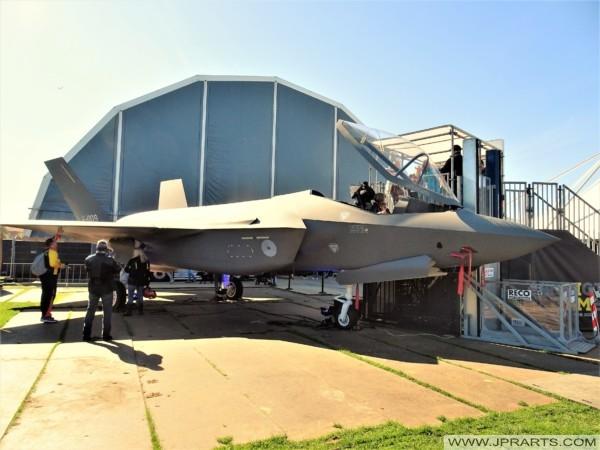
الطائرات المقاتلة
전투기
Visit the Cheap Webshop for Blu-rays, Books and DVDs

